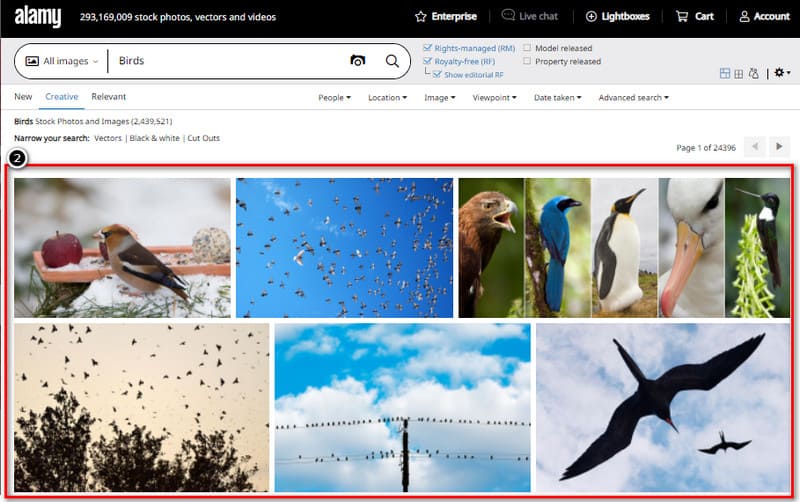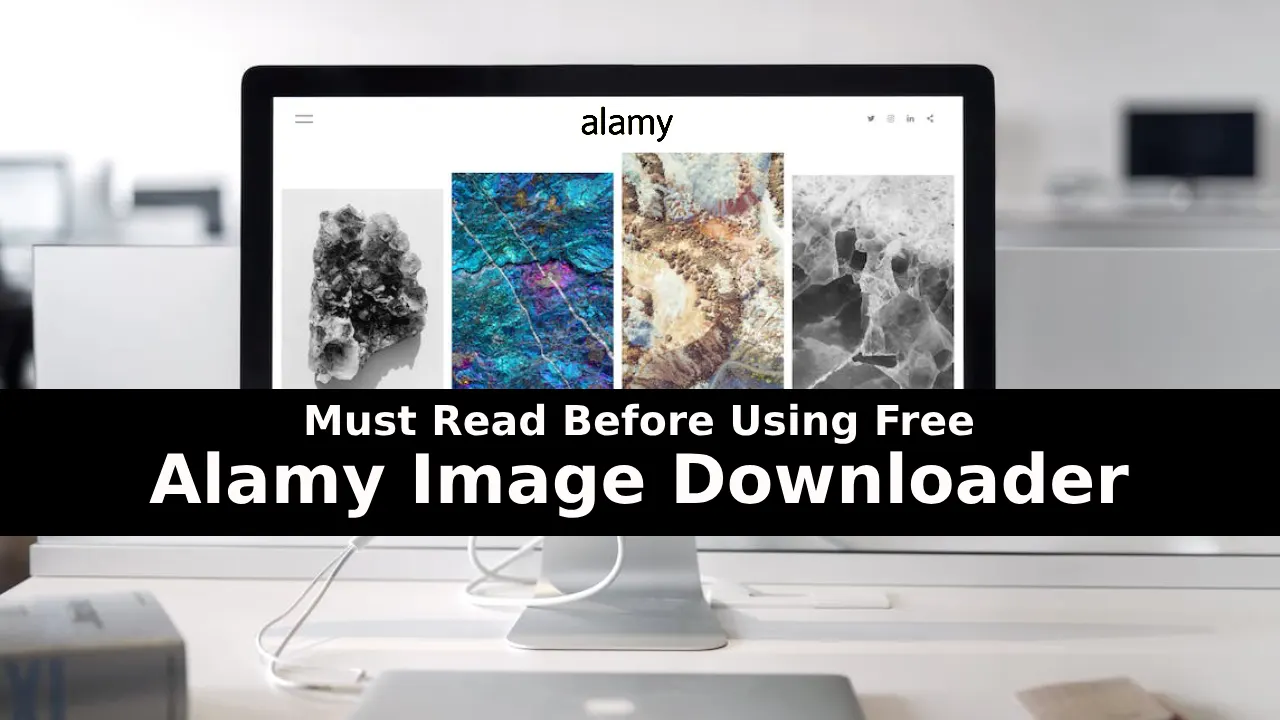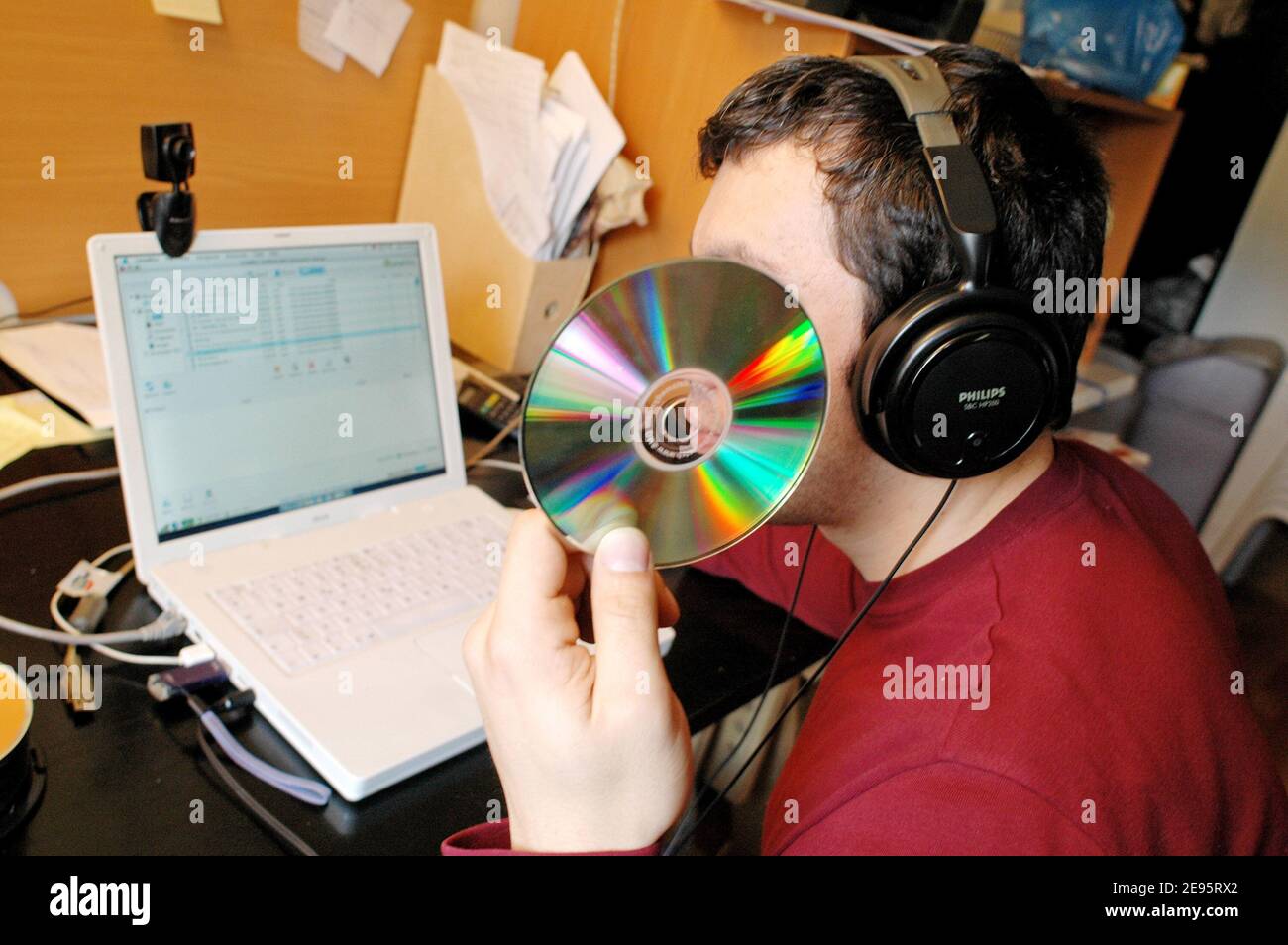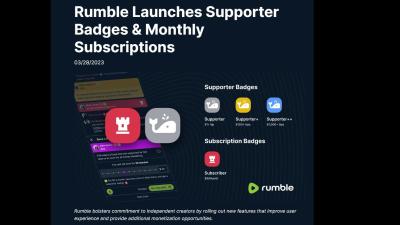When it comes to downloading images, especially from stock photo websites like Alamy, it's crucial to understand two key concepts: copyright and image licensing. Copyright is a legal principle that grants the creator of an original work exclusive rights to its use and distribution. This means that if you want to use someone else's images, you need to pay attention to how those images are licensed.
Image licensing refers to the permissions granted by the copyright holder for the use of their images. There are several types of licenses, each with specific terms and conditions:
- Royalty-Free (RF): Allows you to use the image multiple times after a one-time fee, without paying additional royalties.
- Rights Managed (RM): Limits the use of the image to specific terms—usage is negotiated each time.
- Creative Commons (CC): These licenses allow users to use imagery under predetermined conditions, which can range from requiring attribution to prohibiting commercial use.
It's essential to read the licensing terms carefully. If you use an image without proper licensing, you risk copyright infringement. This could lead to legal repercussions, including fines or being forced to cease using the image. So, what does this mean for your downloading habits? Always check the specific terms outlined by the stock photo provider.
If you're not careful, you could unintentionally violate copyright laws, which can be a costly mistake. When considering an image for your project, reflect on how you intend to use it. Will it be for commercial purposes, personal use, or educational contexts? Each scenario may require a different type of license. Being informed can save you a lot of hassle down the road!
Overview of Alamy's Image Licensing Terms

Alamy is one of the largest stock photo agencies, offering millions of images for various purposes. But before you click that download button, it's important to understand Alamy's licensing structure. Royalty-Free and Rights Managed.
Here's a summary of what each licensing type entails:
| License Type | Description |
|---|---|
| Royalty-Free (RF) | Pay a one-time fee for unlimited use. Perfect for blogs, websites, and marketing materials where you might need to use the image repeatedly. |
| Rights Managed (RM) | Purchase image use for a specified duration and purpose. Ideal for larger projects, where specific usage needs must be met. |
When you purchase images from Alamy, be sure to specify how you intend to use them. Unlike RF, RM licenses have conditions regarding usage rights, usually requiring you to provide details about the project's nature and reach. This is crucial to ensure that you're following their legal framework and doing right by the content creators.
It's also worth noting that Alamy offers an extensive library of editorial images that are typically restricted to non-commercial use unless specified otherwise. If you're using such images, whether for a news piece or a blog, always check the licensing agreement to avoid any missteps.
In summary, downloading images from Alamy is not just about clicking a button; it requires a solid understanding of their licensing terms and a commitment to respecting copyright law. If you're ever in doubt, don't hesitate to reach out to Alamy's customer support for clarification. They're there to help you navigate the sometimes murky waters of image use!
Also Read This: Alamy’s Global Presence and Locations
3. How to Properly Download Images from Alamy

Downloading images from Alamy is straightforward, but it's essential to do it the right way to stay within legal boundaries. Here’s a step-by-step guide to help you properly obtain images from this platform.
- Create an Account: Before you can download any images, you need to create an account on Alamy. This process is simple—just provide your email address, set a password, and fill in a few basic details. Having an account helps you track your downloads and usage rights.
- Search for Your Image: Use the search bar to look for specific images. You can filter your search by categories, orientation, and other criteria to ensure you find exactly what you need. Alamy has a vast library, so take your time exploring the options!
- Check the License Type: Once you find an image you like, click on it to view the details. It's crucial to check the license type associated with that image. Alamy offers various licenses (e.g., editorial, commercial). Understanding the license will inform you how you can use the image legally.
- Add to Cart: If the image meets your needs and you understand the license, add the image to your cart. You can continue browsing for more images or head directly to checkout.
- Checkout and Payment: Complete your purchase by going through the checkout process. Depending on the license, costs may vary, so be prepared for a range of prices. After payment, you’ll receive access to download your images.
- Download Your Image: After the transaction is complete, you’ll be guided on how to download the image. Ensure you save it in a secure location so you can easily find it later.
Remember, regardless of how you download images, always keep the licensing terms in mind. Using an image without the proper license can lead to legal consequences. When in doubt, refer to Alamy's licensing FAQs or customer support for clarification. Following these steps will equip you to enjoy beautiful imagery while respecting creators’ rights.
Also Read This: A Quaint Midwestern Town Captured Perfectly on Alamy Stock Photos
4. Alternatives for Legal Image Use

If you're looking for alternatives to downloading images from Alamy or need images for different purposes, there are several other reputable options out there. Here’s a list of some popular resources:
- Unsplash: This platform offers a wide range of high-resolution images for free. The images are free to use under the Unsplash License, which allows for commercial and non-commercial use without permission or attribution (though giving credit to the photographer is appreciated).
- Pexels: Similar to Unsplash, Pexels provides free stock photos and videos that you can use without cost. All images are licensed under the Pexels License, which allows for personal and commercial use.
- Pixabay: Another excellent resource for free images, videos, and music. Images here can be used for commercial and non-commercial projects without asking for permission or giving credit to the artist (although it's nice to do so).
- Shutterstock: While not free, Shutterstock offers a subscription-based model for high-quality images, vectors, videos, and music. It's a reliable choice for professional needs, with extensive licensing options.
- Adobe Stock: Ideal for creatives, Adobe Stock provides a broad library of assets available through a subscription or one-time purchase. Their licensing is flexible but may be more complex compared to other alternatives.
- FreeImages: This site offers a range of free stock photos. It’s essential to check each image’s licensing to ensure it fits your intended use, as some may have restrictions.
Each of these platforms has unique benefits and collection styles. Depending on your needs—whether it’s for a personal project, marketing materials, or commercial use—there’s likely a perfect platform for you. Always remember to check the licensing details before downloading any images to ensure compliance with their terms.
Also Read This: An Insight into "A Royal Affair" Imagery Available on Alamy
5. Common Misconceptions About Image Downloading
When diving into the world of image downloading, especially from stock photo sites like Alamy, there are a few myths that often circulate. Many people assume they know the rules, but sometimes what seems like common knowledge can lead to misunderstandings. Let’s tackle some of these common misconceptions to help you navigate the legal landscape more confidently.
- Myth 1: All Images on Alamy Are Free to Use – One of the biggest misconceptions is that simply downloading an image means you can use it however you want, especially since many sites offer images for free. While Alamy has a vast library, most images require licensing. Always check the license type!
- Myth 2: The Internet is a Free-for-All – Many people believe that if something is online, it’s free to download and use. This simply isn’t true. Images, even if they appear in a public domain or on social media, may still have copyright protections.
- Myth 3: As Long as You Give Credit, You’re Good – While giving credit is a good practice, it doesn’t replace the need for a proper license. Many photographers and image creators require explicit permission beyond mere attribution.
- Myth 4: Using Images for Personal Projects is Always Safe – Just because you’re using an image for a personal project doesn’t mean you’re immune to copyright issues. If you plan to share that project publicly, you may need to reconsider your image sourcing.
- Myth 5: Stock Photos are Too Expensive – A common belief is that it’s more economical to settle for free images instead of investing in a stock photo. However, the quality, resolution, and legal peace of mind that comes with purchasing licenses from sites like Alamy often outweigh the cost.
By unraveling these misconceptions, you can make informed decisions when it comes to choosing and using images for your projects. Remember, the key is to respect copyright laws while ensuring you have the right permissions for your needs.
6. Conclusion: Ensuring Legal Compliance with Image Use
As we navigate the digital age, knowing the ins and outs of copyright law regarding images is crucial. The world of stock photography, particularly platforms like Alamy, offers a treasure trove of visuals, but with that comes responsibility. Here’s how you can ensure legal compliance when using images:
- Read and Understand Licensing Terms: Always take a moment to read the licensing agreement associated with any image you plan to use. Alamy clearly outlines what is allowed and what isn’t for each image.
- Purchase Licenses When Required: If an image isn’t free, do not attempt to download it without purchasing a license. This supports the artists and ensures you stay within legal boundaries.
- Maintain Records: Keep a record of the licenses you purchase. This documentation can be invaluable if any questions about your usage arise later.
- Stay Informed: Regularly update your knowledge about copyright laws and image usage. Laws can change, and what was acceptable a few years ago might not be today.
- Seek Professional Advice When in Doubt: If you’re unsure about using a specific image, don’t hesitate to consult a legal professional who specializes in copyright law.
In conclusion, utilizing images legally is not just about understanding the rules; it’s about fostering a culture of respect for creativity and intellectual property. By following these guidelines and staying informed, you can enjoy the vast world of imagery while supporting its creators. So, go ahead, explore Alamy, and make sure you use those stunning images the right way!
 admin
admin








